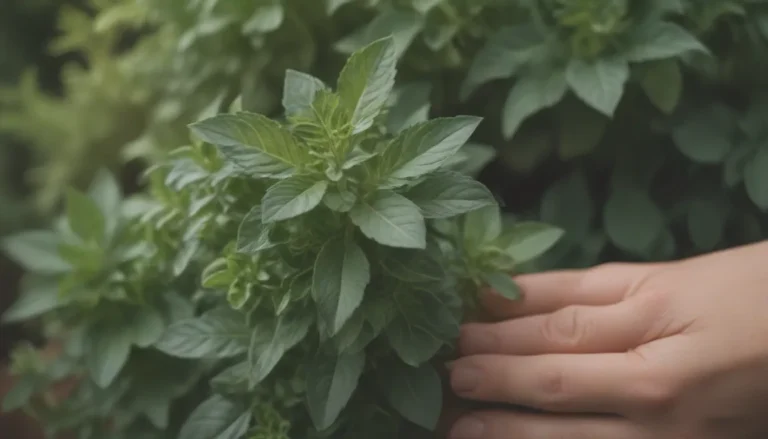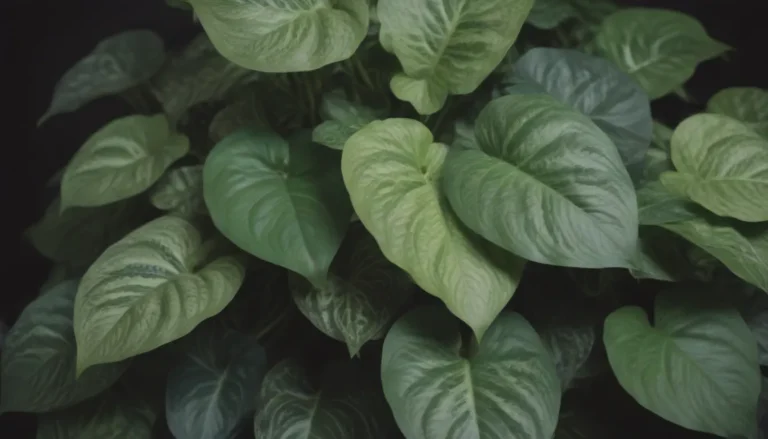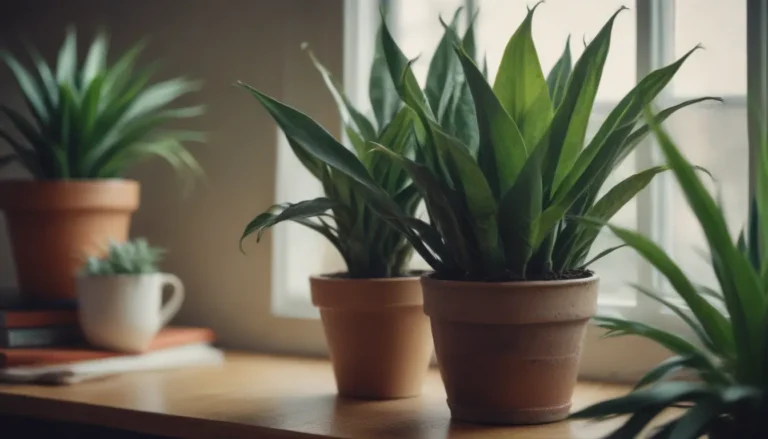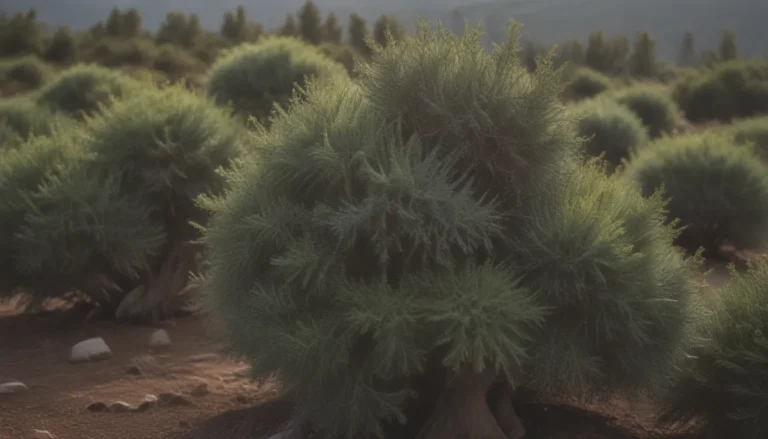How to Create a Drought-Tolerant Xeriscape Garden

In recent years, the impact of climate change on rainfall patterns has led to a growing interest in xeriscape gardening. Whether you’re dealing with rocky soil, slopes, or harsh winds, xeriscaping offers a sustainable landscaping solution that can thrive in a variety of challenging environments. While the traditional image of xeriscape gardens may include succulents, grasses, and stones, there are numerous creative approaches to this method of gardening that can transform your outdoor space into a beautiful oasis. In this comprehensive guide, we will explore a range of xeriscape gardening ideas and tips to help you design a vibrant and water-efficient garden that’s not only environmentally friendly but also visually stunning.
Understanding the Basics of Xeriscape Gardening
Before diving into specific xeriscape gardening ideas, it’s important to grasp the fundamental principles that underpin this landscaping approach. Xeriscaping is not just about choosing drought-tolerant plants or incorporating decorative rocks—it’s a holistic design philosophy that aims to maximize water conservation while creating a sustainable and visually appealing garden. When embarking on a xeriscape gardening project, consider the following key elements:
- Grouping plants according to their water needs
- Implementing efficient irrigation systems
- Selecting the right type of mulch to retain soil moisture
By integrating these principles into your garden design, you can create a xeriscape landscape that not only thrives in challenging conditions but also reduces water consumption and maintenance requirements.
Rock Gardens: Harnessing the Beauty of Natural Stones
If you have rock walls or terraces on your property, you’re already well-positioned to create a stunning xeriscape rock garden. Rocks arranged closely together can help retain moisture and provide a slow release of water to surrounding plants. Consider incorporating ground covers and low-growing species that thrive in rocky crevices, such as creeping thyme, creeping phlox, bellflowers, and lamium. These plants can cascade over rock surfaces, creating a natural and visually appealing landscape that requires minimal water.
Embracing Succulents in Containers: A Water-Wise Solution
Container gardening can pose a challenge for xeriscape enthusiasts due to the need for frequent watering. However, by opting for succulents, such as sedum and cacti, you can create a low-maintenance and water-efficient garden in containers. These hardy plants require minimal water and thrive in sunny conditions. Choose terra cotta pots to retain moisture or explore clay, ceramic, or resin containers for added versatility in your garden design.
Mediterranean Plants: Sun-Loving Beauties for Your Xeriscape Garden
Mediterranean plants native to regions like Italy, France, and Spain are ideal choices for xeriscape gardens that receive ample sunlight and have sandy soils. Herbs like rosemary, thyme, and oregano flourish in these conditions, while lavender adds a touch of fragrance and color to your landscape. Lavender is not only a versatile herb for cooking and aromatherapy but also a drought-tolerant plant that thrives in Mediterranean climates. Incorporate these sun-loving plants into your garden to create a vibrant and sustainable oasis.
Cottage Gardens: Combining Charm and Sustainability
Traditional cottage gardens and xeriscaping may seem like an unlikely pair, but they can complement each other beautifully. By planting drought-tolerant flowers like sedum, dianthus, iris, and yarrow in close proximity, you can achieve a cottage garden look that conserves water and blooms throughout the seasons. Deadheading spent blooms can help these plants retain moisture and encourage a second round of flowering, adding texture and color to your garden design.
Drought-Tolerant Perennials for Pollinators: Creating a Wildlife-Friendly Garden
In today’s eco-conscious world, many gardeners are looking to support pollinators like bees, butterflies, and hummingbirds. Incorporating drought-tolerant perennials such as echinacea, Coreopsis, and salvia into your xeriscape garden can attract beneficial pollinators while conserving water. These plants not only provide food and shelter for wildlife but also add beauty and color to your outdoor space.
Drought-Tolerant Annuals: Vibrant Blooms with Minimal Watering Needs
Contrary to popular belief, there are numerous annuals that thrive with minimal watering, making them ideal choices for xeriscape gardens. From portulaca and cosmos to marigolds and zinnias, these colorful annuals can brighten up your garden while requiring minimal maintenance. Planting them in flower beds instead of pots can further reduce water usage, creating a vibrant and water-wise landscape.
Pine Bark Mulch: A Natural Solution for Moisture Conservation
Mulch plays a crucial role in retaining soil moisture and suppressing weed growth in xeriscape gardens. Opt for natural mulches like pine bark, which not only conserves moisture but also enriches the soil over time. Unlike chemical-laden mulches, natural options like cedar and pine bark are eco-friendly and promote a healthy soil ecosystem. Watering in the early morning or at dusk can maximize the moisture-conserving properties of mulch, ensuring your plants thrive in a sustainable environment.
Woodland Shade Gardens: Creating Cool Microclimates
Shade gardens offer a respite for water-conscious gardeners, providing a cool and moist environment that requires minimal watering. Ground covers like pachysandra, vinca, and lamium thrive in shady woodland areas, conserving moisture and protecting tree roots. By utilizing mulch to maintain soil moisture and adding colorful annuals for visual interest, you can transform your shady woodland into a vibrant and sustainable garden oasis.
This guide serves as a comprehensive resource for creating a drought-tolerant xeriscape garden that’s both environmentally friendly and visually appealing. By incorporating these xeriscape gardening ideas and tips into your landscape design, you can conserve water, reduce maintenance, and create a sustainable outdoor space that thrives in diverse environments. Whether you’re a novice gardener or a seasoned horticulturalist, xeriscaping offers a creative and practical approach to landscaping that benefits both your garden and the environment.





